In “A Nice Indian Boy,” audiences might be surprised by the central character’s identity, as this romantic comedy introduces a refreshing queer perspective within a genre typically dominated by Indian cultural norms and intergenerational family dynamics.
Naveen (Karan Soni) is portrayed as an ideal match for a leading lady: he is attractive, articulate, and a successful physician. However, his sexual orientation places him in a less conventional role as he seeks a partner rather than being pursued.
His romantic interest, Jay (Jonathan Groff), a white man raised in Naveen’s cultural environment, adds further complexity to director Roshan Sethi’s vibrant and heartwarming yet somewhat predictable film.
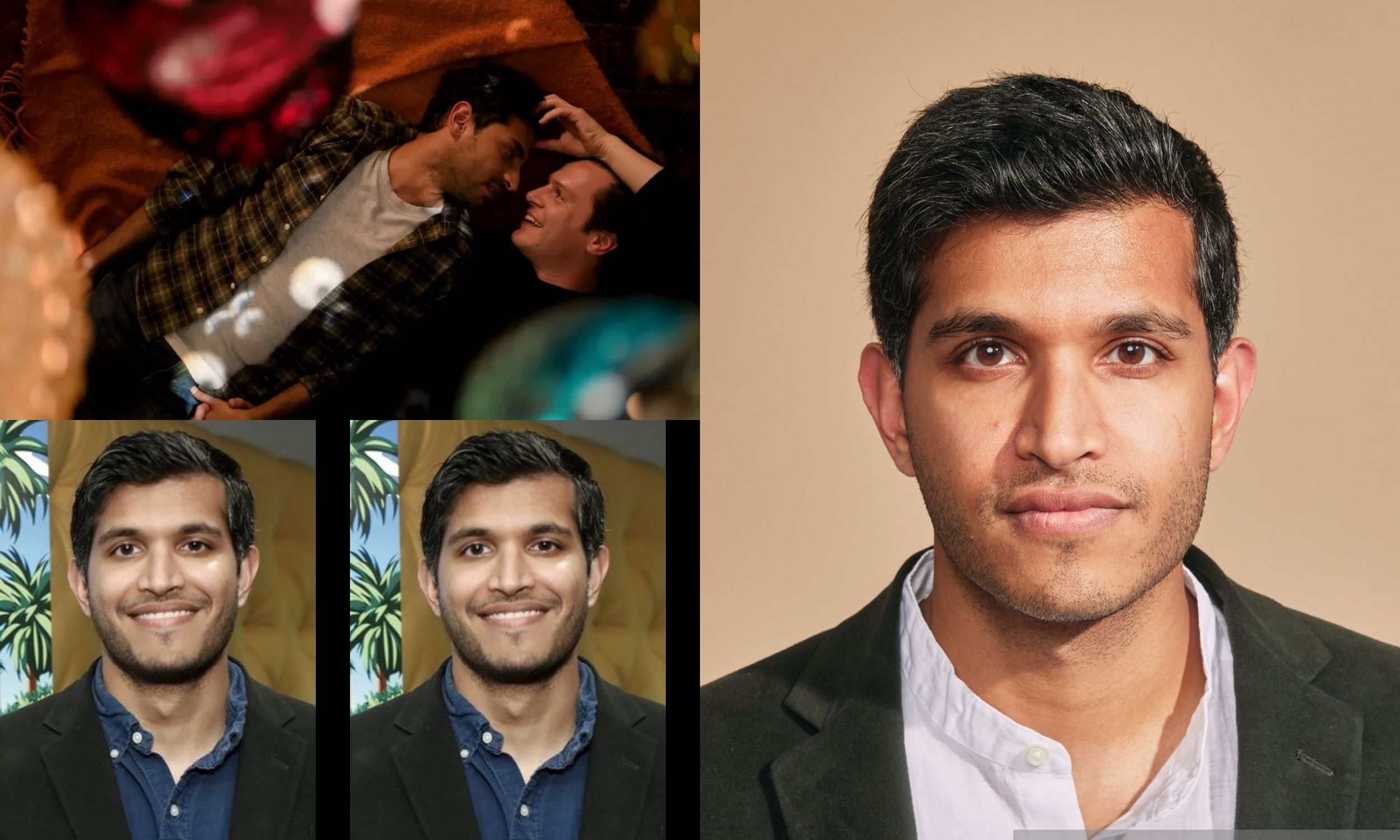
Sethi and screenwriter Eric Randall—who adapted Madhuri Shekar’s stage play—do not set out to dismantle every trope found in traditional narratives. Instead, they weave in familiar elements, from an endearing first meeting in a Hindu temple to a conveniently resolved breakup midway through, eventually culminating in an exuberant wedding dance.
By sticking closely to the classic romantic comedy structure, which has historically excluded queer characters, particularly those of color, the film cleverly nods to its genre conventions. It playfully references the classic Bollywood film “Dilwale Dulhania Le Jayenge,” guiding its characters to a satisfying resolution that is likely to resonate with festival-goers after its SXSW debut.
The narrative begins with Naveen’s elder sister Arundhathi (Sunita Mani) tying the knot with a charming and perfectly acceptable Indian man, much to the delight of their immigrant parents, Megha (Zarna Garg) and Archit (Harish Patel), who had an arranged marriage in India.
Observing the celebration, Naveen ponders whether he will ever find himself at the center of such a joyous occasion. While he is open about his sexuality with his more progressive family, he keeps his dating life private, knowing they are unlikely to interfere as they would if he were straight.
Fast forward a few years, and Naveen’s situation has remained largely unchanged. He is still single and focused on his career, feeling that his parents regard him as less valuable than Arundhathi, who is married but childless.
However, he stumbles upon a remarkably perfect match in Jay, a considerate photographer who not only displays cultural sensitivity but is also a devout Hindu with a tattoo of Ganesh and a fondness for Bollywood films. Interestingly, Jay was adopted by Indian parents who have since passed away, yet as their relationship blossoms, Naveen feels more anxious than comforted by their shared cultural background.
As their romance progresses towards the crucial stage of meeting each other’s families, Naveen hesitates to bridge this gap in his life. Randall’s script insightfully explores the protagonist’s misconceptions about his family, revealing that his parents, especially his reticent father, may not be as old-fashioned as he believes, and that Arundhathi’s life deviates from conservative marriage ideals.
The film effectively captures the experiences of a middle-class Indian American family passing the challenges of two cultures, blending humor with emotional depth, particularly through Garg’s touching portrayal of a mother longing for a deeper connection with her son.
While the romance itself feels slightly underdeveloped, largely because Jay—played with typical earnestness by Groff—comes across as more of an ideal than a fully fleshed-out character, his ability to pass their cultural differences with grace makes him seem unrealistically perfect.
Viewers gain limited insight into Jay’s life outside of Naveen’s perspective, resulting in their relationship appearing shallow outside of key milestones. This leads to neat resolutions for any conflicts, with long conversations often replaced by choreographed musical numbers from “Dilwale Dulhania Le Jayenge” or simple cooking advice.
Such conventions are characteristic of mainstream romantic comedies, and “A Nice Indian Boy” embraces its familiar tropes with sincerity and humor. The film concludes with playful choreography and vivid visuals captured by Amy Vincent, successfully countering any cynicism that might overshadow romantic resolutions.
Jay’s remark about the overwhelming nature of love resonates deeply with Naveen, who initially grapples with this realization. However, “A Nice Indian Boy” celebrates love in all its intensity, winning over the audience along the way.

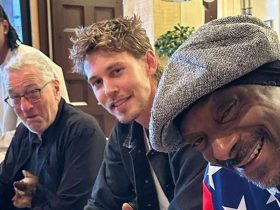


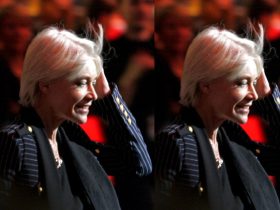





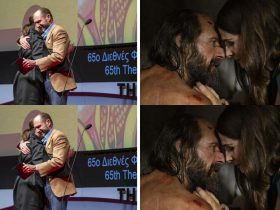
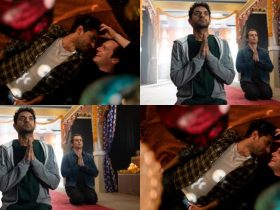

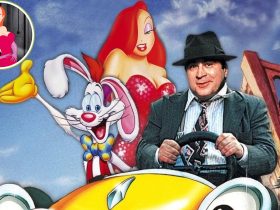
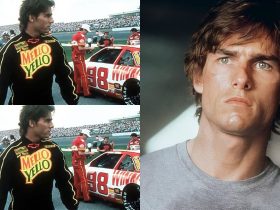



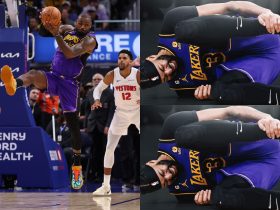
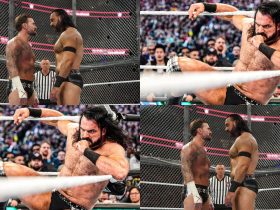
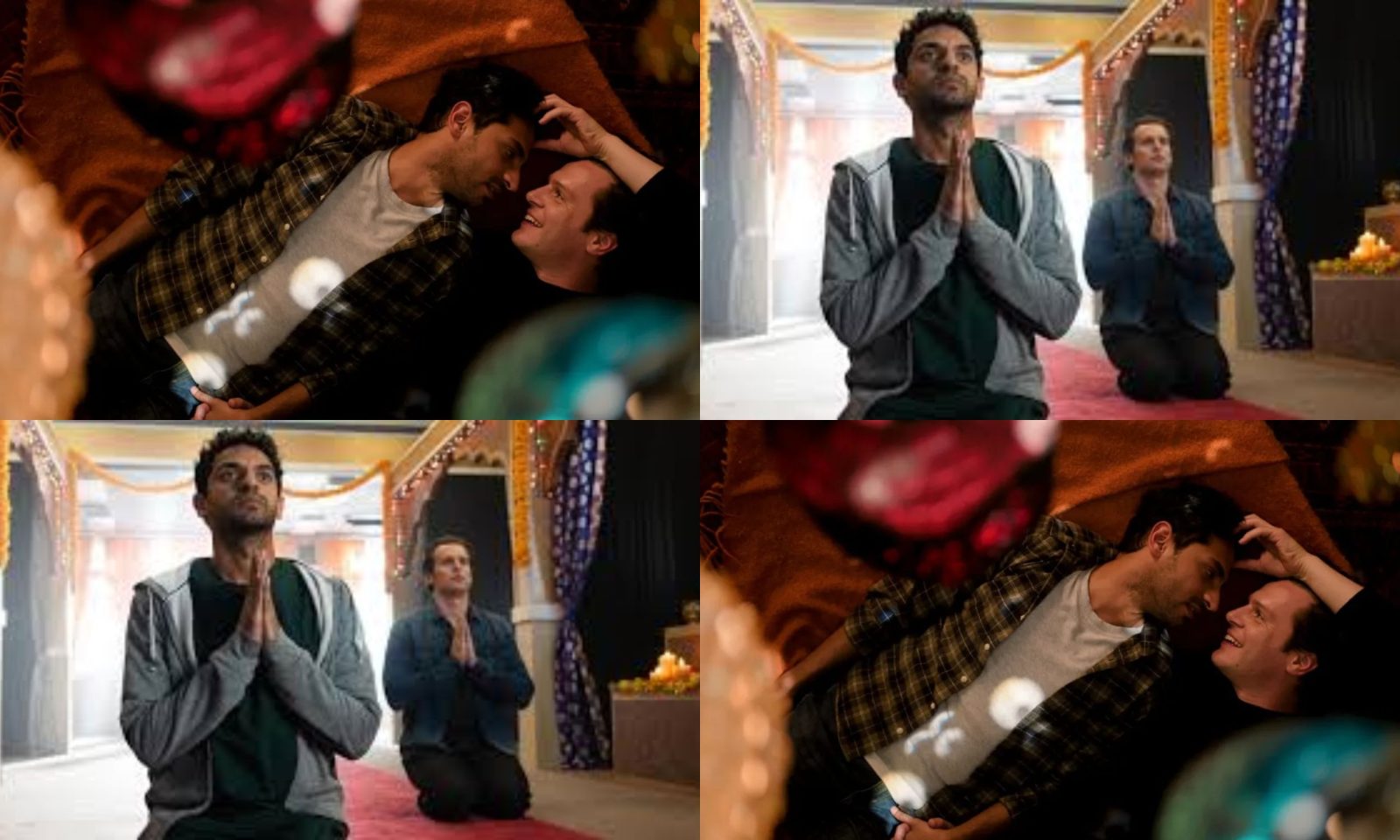
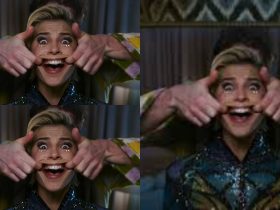




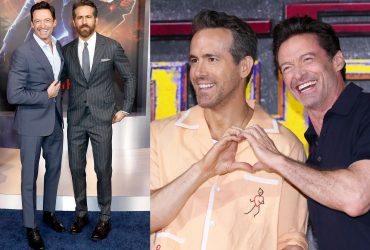
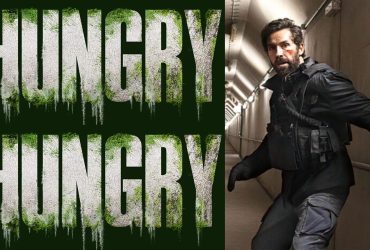
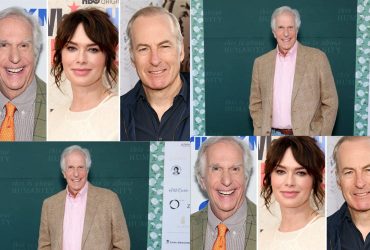
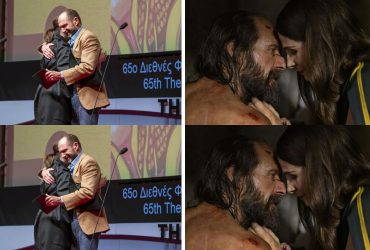

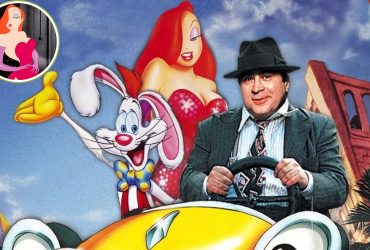
Leave a Reply